Growing up in Winnipeg, I was sometimes fascinated and sometimes skeptical as my dad, an immigrant Jewish railway worker with not a single grade of formal education, kept pointing out people in our North End neighbourhood he insisted were Nazis that Canada had welcomed after the Second World War.
In 1984, I indicated to the archivist at Library and Archives Canada who specialized in federal immigration files that I wanted to see records that might help me determine whether my dad was on to something. His answer: "There's a story to tell, and you are the person to tell it."
I had never met the archivist before and I assume that his favourable opinion regarding me had something to do with my having developed a reputation as a left-wing historian. But, after warning me that the documents he was providing me were replete with redactions, he said I would find that my dad’s viewpoint was amply supported within the materials the Department of Immigration had been willing to make public.
Ironically, just months later, after an incident suggesting that Josef Mengele, the monstrous Nazi physician who performed medical experiments on prisoners in Auschwitz, might be living in Canada, the Canadian government appointed the Commission of Inquiry on War Criminals in Canada to research and report on the issue of whether Nazi war criminals resided in Canada and, if so, who they were and how they got here.
The Deschênes Commission, as it was also called, reported in 1986 and did confirm that there were many war criminals in Canada. But a large part of its report was kept secret, and the public report, in my view, ignored the issue of why there were tens of thousands of former Nazis in Canada, including a very large number of individuals whom the Nuremberg courts after the war labelled as war criminals.
The commission report suggested a rather lazy effort by immigration bureaucrats to keep track of who they were allowing to enter Canada in the late 1940s and afterwards when labour demands seemed to trump all other concerns. My research suggests that is nonsense.
Canada’s Immigration Department after the war determinedly and successfully prevented communists and other leftists from immigrating to Canada or even visiting the country. It also determinedly and successfully prevented non-whites from becoming immigrants to Canada between 1946 and 1962. For several years after the end of the war they also successfully prevented Jews, desperate to leave deportation camps in Europe and settle in permanent homes, from coming to Canada.
So why were they so lax in terms of people who had clear connections with the Nazi regime, particularly with those whose claims that they were forced to serve the Nazi cause were transparently false?
My interpretation of the immigration files, along with cabinet discussions, is that the same anti-communist obsession that dominated immigration policies before the war and resulted in indifference, if not actual support, regarding fascists and Nazis who might be entering Canada, quickly re-established itself after the war.
Right-wing extremists, rather than being viewed as a security threat, were viewed as potential docile workers who would be on the “right side” as Canada made the fight against communism internally and worldwide the centre of its foreign policy. They would be bulwarks against Marxism and Marxists in Canada.
Filtering for race and politics
At war’s end the federal government decreed that “persons who served with the enemy in any capacity are not eligible for admission.” But pressures both from employers and from ethnic organizations gradually eliminated that policy. Several interrelated factors worked together to promote that policy turnaround. The need for additional labour was the key. Many workers might have been found among married women whose wartime labour participation permitted male workers to join the Armed Forces. But government policy firmly favoured returning women to their homes so that pre-war gender norms could be restored.
Non-European workers could easily have been lured. But the authorities wanted only whites. The liberalized Immigration Act of 1950 invited “any person, other than one of Asiatic race, who met, to the satisfaction of the Minister, certain requirements relating to suitability and capacity to be integrated into the Canadian community as set forth in Section 38 of the Immigration Act.” African-origin potential immigrants were unmentioned because a long history of instructions to immigration agents made it clear that Blacks were unwanted in Canada.
Not all Europeans were welcome. The cabinet decided in 1947 to exclude all immigrants whom a security check determined were communists. The immigration authorities applied the exclusion strictly, and also excluded applicants with “a record of left-wing activities” while scrutinizing closely applicants whose Canadian sponsors exhibited “left-wing tendencies.” Left-wingers were even rejected as visitors to Canada.
While Hal Banks, a convicted American mobster, was permitted to enter Canada as a labour organizer despite rules forbidding entry for convicted criminals, the government banned labour figures from the U.S. who were suspected of Communist tendencies. An Italian applicant who had never participated in political life was rejected as a potential immigrant because a police check suggested that he had portraits of Communist leaders in his home.
For several years, despite the Holocaust having become public knowledge, Canada continued as well not to want Jewish immigrants. So the immigration branch produced a rule that required potential immigrants to have resided for two full years in the country from which they were applying. Immigration files make it clear that officials viewed the rule as a means of encouraging Jews displaced by the war in camps outside their home countries to look for another country to take them as permanent residents.
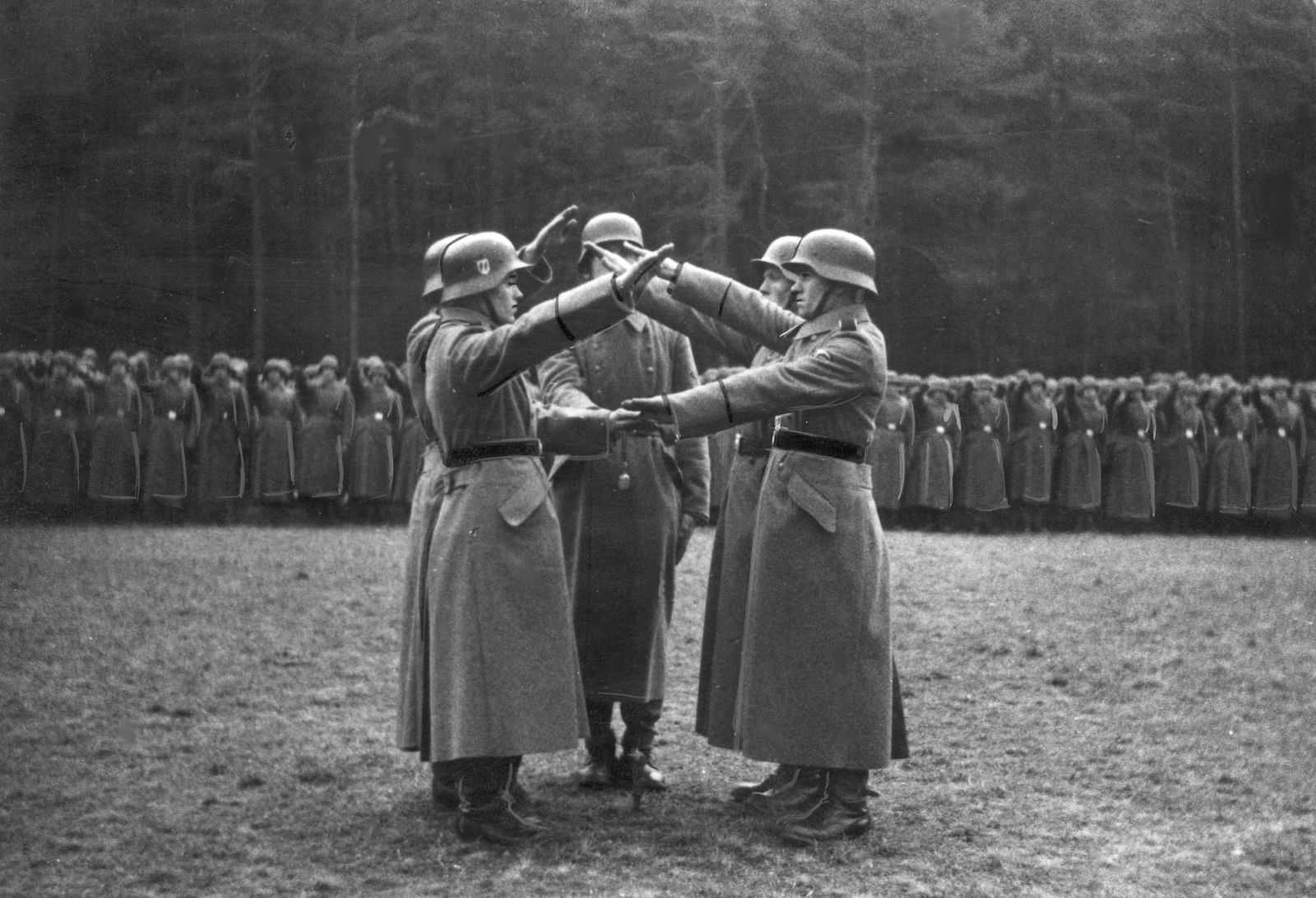
With so many groups excluded, the Canadian government felt disinclined over time to deny entry to the large section of the non-Communist, Christian, white population of Europe who might be said to have contributed to the Nazi and fascist causes. At first only those who had merely been conscripted into the Nazi Party or German army were deemed fit to become Canadians. But in May 1950, 8,000 Ukrainians detained in Britain for having served voluntarily in the German army’s First Ukrainian Division, whom Canada had denied entry in 1949, were granted the right to settle in Canada.
Soon thereafter, members of the SS, Waffen-SS, and other linchpin organizations of the Nazi apparatus were allowed to apply to immigrate to Canada if they could provide evidence that they had been coerced to join those groups. Several leaders of the RCMP unit in charge of security screening protested unsuccessfully that the Department of Citizenship and Immigration was knowingly allowing war criminals into Canada.
The RCMP were also rebuffed when they asked the government to exclude members of the reconstructed Italian Fascist party from consideration as prospective immigrants. Immigration of Italians was already quite restricted because the government insisted on excluding not just Italian Communist Party members and supporters but also those of the Italian Socialist Party.
The filtering of voluntary from non-voluntary members of the major branches of the Nazi Party and government was dropped in 1955 with a decision to exclude only high-ranking members of these institutions as well as the Gestapo, the concentration camp guards. Non-German collaborators would also only be forbidden to enter Canada if they had leadership positions in the Nazi world. But even before that, 95 per cent of the individuals whom the RCMP had labelled as ineligible to come to Canada because of their connections to the Nazi Party won their appeals to the Department of Immigration.
Meanwhile the anti-leftist policies of the Immigration Department, as explained to a group of trade union leaders by Citizenship and Immigration Minister Walter Harris in 1954, included the refusal of the minister to allow a British pacifist to teach for a year at McGill University.
Monica Felton was an urban planner who had served for seven years on the London County Council as a Labour Party representative. She became a tough critic of the tactics of the western powers during the Korean War, accusing them of having used germ warfare. Harris told the union representatives that “she was not a Communist as far as could be ascertained but perhaps far more dangerous.”
Open the files, face the truth
All of this history might have been buried forever in Canadian consciousness if former House of Commons Speaker Anthony Rota had not brought Yaroslav Hunka, a 98-year-old former Waffen-SS member, to Parliament recently when Ukrainian President Volodymyr Zelenskyy was the guest of the Government of Canada. All of our parliamentarians cheered when Hunka was introduced as someone who had been fighting Russians all his life, including during the Second World War.
It appears that our parliamentarians, and likely most Canadians, are unaware that the Soviet Union was our ally during the Second World War and that those who fought the Soviets at that time were doing so in the ranks of the Nazi German army.
After Hunka’s real role during the war became a public embarrassment for Canada, Jewish organizations demanded that the Canadian government open the files that had been provided to the Deschênes Commission and that have been denied to the Canadian public. Prime Minister Justin Trudeau has indicated that he will consider making those documents public. But so far, that consideration has led to no action.
Thanks to a sympathetic archivist, I have already seen many of the damning documents that the Commission of Inquiry on War Criminals in Canada saw and, in my view, chose to minimize. I believe that the full release of those documents will persuade most researchers that Canada’s Cold War policies in the area of immigration were antithetical to public pronouncements claiming that we were defending democracy against totalitarian communism.
Communists and other leftists were unwanted because they would threaten the power of capitalists more than because they were adherents of anti-democratic, authoritarian forms of government. Non-whites were unwanted because they would threaten notions of Canada as a “white country.” Nazis and fascists were wanted because their authoritarian impulses and often despicable pasts showed their embrace both of a class system in which capital ruled and of white supremacy.
Yaroslav Hunka was welcomed in Canada because he was white, Christian and likely to be an enemy of left-wing institutions and ideas in Canada. He was no anomaly in the history of Canadian immigration policy during the Cold War.
We need to put as much pressure on Prime Minister Trudeau to let the entire story that led to the “Hunka affair” become public immediately. Otherwise Canadians will be left with the false impression that the man and his appearance before Parliament are a blip in our national life rather than a revelation of essential features of past Canadian immigration policy. ![]()
Read more: Rights + Justice, Federal Politics


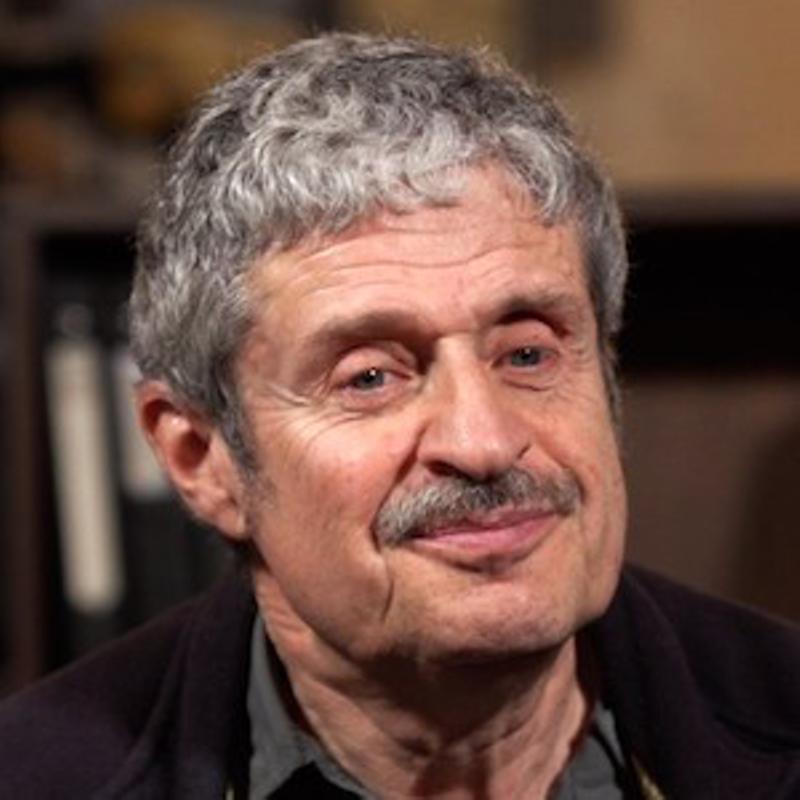








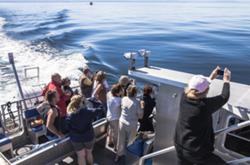
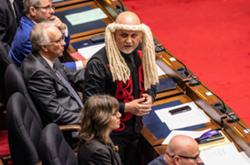

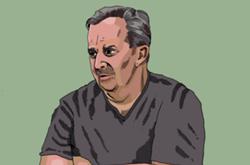

Tyee Commenting Guidelines
Comments that violate guidelines risk being deleted, and violations may result in a temporary or permanent user ban. Maintain the spirit of good conversation to stay in the discussion and be patient with moderators. Comments are reviewed regularly but not in real time.
Do:
Do not: